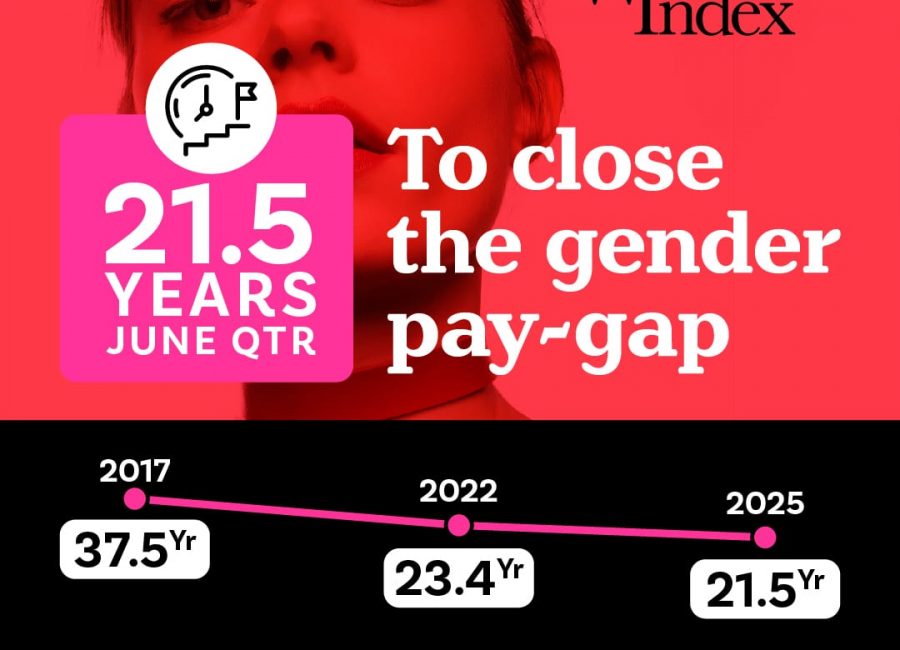The Federal Budget reflects a government roaring to go to an election but failing to join the dots on policy that delivers for women on equality and for men on inclusion.
In short…This is a Budget of critical contradictions and the Morrison government just doesn’t get it.
Key features of the Women’s Budget Statement include $1.3 billion to be invested in women’s safety and $482 million on women’s economic security.
On the surface the measures announced sound promising, and certainly there are wins in there for women’s health, but delve deeper and the measures touted to address gender inequalities are short-cited and contradictory.
Firstly, women’s economic security and women’s safety feed into each other. At the heart of both issues are power abuses/struggles, gender inequality and stereotypes, namely those relating to gender, sex, race/ethnicity, age, disability and cultural diversity.
If these underlying areas are not addressed with commonality through policy announcements, the long-term gains simply won’t be there – which is problematic as we are talking $2billion in spending and a 60 year timeframe to gender equality in this country.
Time to join the dots on the missed opportunities in the Federal Budget
National Plan to End Violence against Women and Children under supported without greater workplace change.
The government has spent considerable funds in consulting with community leaders and experts on recommendations to end violence against women and children.
And rightly so, because on average, one woman is killed by a partner every 11 days and as of 2018, the rate of police-recorded sexual assaults was almost seven times higher for women compared to men.
But efforts to stamp out violence, abuse and workplace harassment against women, will be forever left wanting if the government doesn’t not do more to change the status quo in the workplace so that it fosters greater respect and financial recognition for women in the roles they play at work and home as carers.
2 Key missed opportunities to support gender equality & inclusion
2.The exclusion of Superannuation Guarantee payments on the Paid Parental Leave scheme.
According to the Financy Women’s Index it will take 33 years to achieve gender equality in superannuation savings.
However the government has failed to heed the findings of the Retirement Income Review and has refused to pay super on Commonwealth Parental Leave Pay.
What this says to parents and future generations is that “caring work”, borne predominately by women, is undervalued and thus deserves to be unpaid.
This reinforces gender stereotypes and workplace biases.
It also adds to the gender gap in superannuation and is a risk to the long-term economic security of women and safety of women.
Furthermore, it acts as a disincentive to men in taking parental leave and a continuation of the gender stereotypes in the home and at work.
“This is a missed opportunity to make retirement outcomes more equitable and address the gender gap that continues to disadvantage women,” said Vicki Doyle, CEO of Rest.
According to Industry Super Australia the investment of paying super on parental leave would add up to $14,000 to the retirement balance of a mother of two.
“This Budget was another missed opportunity to narrow the gender super gap and it’s disappointing the government did not make a modest investment in the financial future of millions of mums and pay super on parental leave.”
“Working mums are going to keep falling behind until super is paid on parental leave,” said Bernie Dead chief executive of Industry Super Australia.
“The unpaid super scourge is a $5 billion a year problem politicians are refusing to fix. It is the workers’ money they should get it when they get their wages.”
2. Enhanced Paid Parental Leave for Families risks perpetuation of gender stereotypes and fails on inclusion.
The word “choice” was used in the Federal Budget when outlining this initiative which will enable eligible working parents to share up to 20 weeks of fully flexible entitlements between them.
However this change, which now scraps the 2 weeks parental leave for Dads, serves as a disincentive for fathers in actually sharing the parental load.
The social stigma, and gender stereotypes at play here will be perpetuated if men are not actively encouraged to take parental leave, like they are in countries such as Denmark.
“The budget’s changes to Paid Parental Leave flexibility is a step backwards for gender equality,” notes Dr Leonora Risse from RMIT University.
“International research clearly shows that removing the leave allowance earmarked for fathers results in mothers taking more leave, with little response from fathers. This policy change will have the effect of further entrenching traditional gender roles in Australian households.
“Extending the amount of use-it-or-lose-it paid parental leave for fathers would have been more effective in supporting more men to be a part of their children’s upbringing and more women to extend their workforce participation. This policy design is clearly not being guided by the research and evidence.
“Childcare subsidies, previously announced by the Government, must be accompanied by expansions in workforce capacity, otherwise this risks pushing childcare fees upwards and eroding the quality of care provided by lumping more demand on a sector that is already at capacity and struggling to retain workers. But there is little in the budget to support the retention and expansion of the childcare and aged care workforces through better wages and work conditions.”
Financy helps women become financially fearless and while we’re at it, we ensure that our members – individuals and organisations – are part of the solution to gender financial equality.












